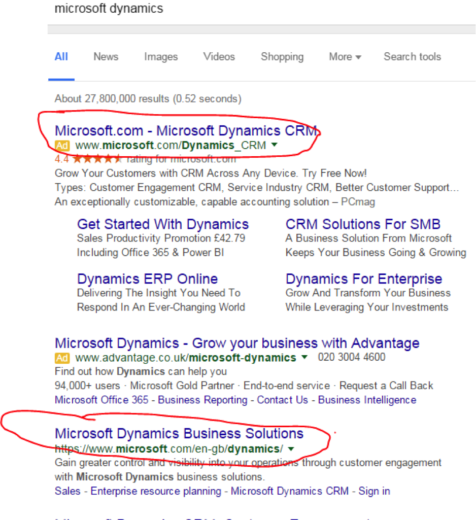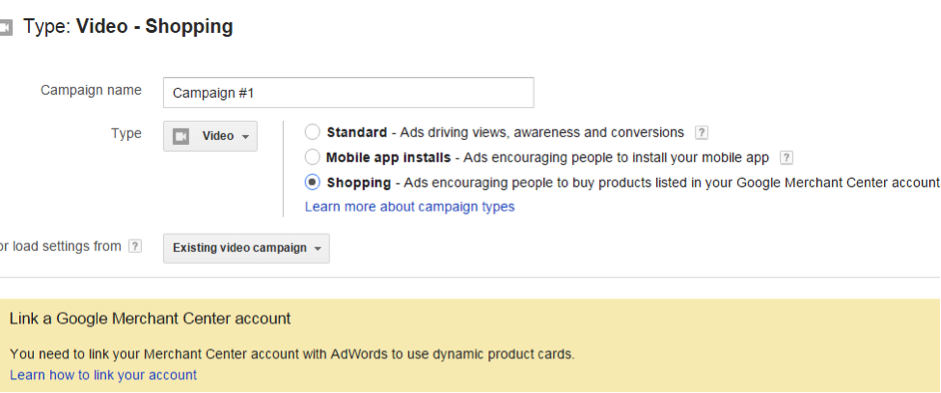This year has been a dynamic one in the world of paid search as many platforms have released a number of updates and new features. For most retailers, a new and exciting change was the ability to have a Black Friday and a Cyber Monday structured data as an ad extension. On the other hand, Bing has also made an array of changes to their advertising platform in 2015, with the introduction of an image ad extension and remarketing for search and shopping campaigns.
In 2015, we are also witnessing the growth of native ads on the Yahoo Gemini platform. These changes are coming as fast as Speedy Gonzales, the cartoon character in Looney Tunes. In this post I’ll list my 10 predictions for paid search in 2016. These predictions will cut across search, display and social paid advertising campaigns.
10 Predictions Of PPC In 2016
1) Experience-Based Advertising
Do you like to test drive a car before you pull out your wallet? Or maybe tryout the wedding gown in the fitting room before queuing up at the till point? That is the experiential power in action. Recently, Google’s head of product apps stated that the majority of apps are used once after installation. Also, 1 in 4 apps has never been used on the app store. This prompted Google to utilize its virtual machines on the Cloud platform to allow customers try out an app for 60 seconds before downloading.
In 2016, the PPC world will allow users to have a visual feel of what a product can do before an inquiry or purchase is made. It’s like a product demo for most advertisers. For ecommerce companies, advertisers can utilize interactive ads to showcase their latest product offerings via galleries. I believe 2016 will witness more interactive ads that will enable users to feel they are having a live experience with an app or product before taking the next step in the customer journey.
2) Look-Alike Audiences With Greater Affinity
Google’s affinity audience comprises of consumers who have indicated a genuine interest in a particular topic. While look-alike audience is a feature that was made popular by Facebook’s advertising platform, it is adopted by Google under the ‘similar to all users’ tag. Look-alike audience is a group of individuals that are similar to customers who care about your brand. As social media platforms and search engines gain more access to consumer data, we should be expecting a closer relevance or affinity within the look-alike audience category which will help improve conversion rate.
3) More Interactive Features For Shopping Campaigns
Google is constantly adding an array of advanced functionality to Shopping campaigns. A few months ago, Google introduced a feature that allows mobile users to view more information like product ratings and availability at a nearby store as they swipe. We are expecting more interactive features for Shopping campaigns, such as rotating images or something that will create more user engagement.
4) Higher Emphasis On Branded Campaigns
Gone are the days when a brand will feel super-confident that her organic results for branded search will be good enough to rake in all the traffic. A search for the term ‘Microsoft Dynamics’ returned a Microsoft paid search result and a paid search result from a company known as Advantage. Microsoft’s organic result appears below the paid campaign from Advantage. Microsoft had to bid on their brand term to prevent Advantage from diverting valuable traffic. More companies will incorporate branded campaigns and allocate a slightly higher budget for these in 2016.

5) Granular Persona Targeting
Last year John Gagnon predicted a more in-depth personal targeting. Whilst there is still a lot to be done in this area, I do believe the top PPC platforms like Google AdWords and Bing Ads will take a leaf from strategic personal targeting utilized by demand side programmatic platforms like TubeMogul.
At present, Google’s display targeting options are focused on placements (websites on specific subjects), topics (subject matter of interest) interest categories (in-market, custom and affinity audiences), remarketing lists and keywords. Sorry to bore you with some of these details but I do expect to see a slight depth and options to Google’s, Bing’s and Yahoo Gemini’s targeting options similar to that of programmatic platforms that have categories such as income, ethnicity, education, home, purchase, technology, purchases and employment.
6) Native Ads Will Be Instrumental For Below The Sales Funnel Campaigns
Native Ads have gained a bit more popularity this year, thanks to Yahoo Gemini’s platform. Native advertising is a form of advertising where the form, color and function of the ad are made to fit in with the content page on which it appears. It’s basically ads that are made to look like they are part of website’s content and not an Ad. Hanapin marketing shared how they utilized native advertising to create rich contents that engaged with users below the sales funnel that then converted in the subsequent month.
In 2016, companies will utilize native ads to create more brand awareness and product enlightenment for users that are below the sales funnel (users researching and not ready to make a purchase). Greg Sterling reveals that about 60% of consumers are comfortable with native ads and expects a growing popularity and acceptance.
7) More Cards For YouTube Ads
This year Google provided integration between a user’s product listing ads and video campaigns. This means we can now have a video campaign that promotes the products you sell with clickable cards to your store or a mobile app install option. I am expecting more integrations and card options with video campaigns in 2016.

8) More Metrics And Ad Custom Audiences For Paid Search Platforms
Paid social platforms are gaining more attention with Facebook leading the chart with its robust system that creates options for driving likes, clicks, conversions and a pioneer for custom audience criteria like using email addresses, phone numbers and Facebook user IDs (from mobile apps only) to advertise to users. Twitter allows for utilizing customer email address stored on your CRM and Twitter IDs. I anticipate other top social media platforms not currently adopting this targeting option to give it a serious thought in 2016.
9) More Ad Extensions
This year Google introduced the dynamic structured snippet extensions that help ads further stand out. These extensions allow advertisers to showcase the different brands they sell, types of services, courses, degree and a host of other criteria. Bing released image extensions for Ads that are served on the network. In 2016, I believe the big ad platforms will introduce more ad extensions that will increase the click through rate of these ads.
10) Cross-Device And Cross-Channel Attribution Will Drive PPC
In 2014, Google introduced the store visit traffic conversion metric that allows retail advertisers to ascertain how online shopping campaigns contribute to an offline store visit. This is a cross-channel attribution modelling that helps you understand the return on your ad spends. On the cross-device attribution perspective, the popularity of mobile phone usage helps advertisers gain a better understanding of how users conduct an initial search on mobile phones followed by a purchase via a home PC. These cross-device and cross-channel conversion metrics will help advertisers better optimize campaigns for mobile in 2016. As Larry Kim of Wordstream states, CPC on mobile is 33% lower than that on PC.
Final Thoughts
The future of paid search, display and paid social looks exciting with a tad feeling of ‘Anything can happen.’ Wendy Carlos once said: “A nice blend of prediction and surprise seem to be the heart of the best art.” Akin to these words, the world of PPC in 2016 will be full of surprises. Are you ready?



